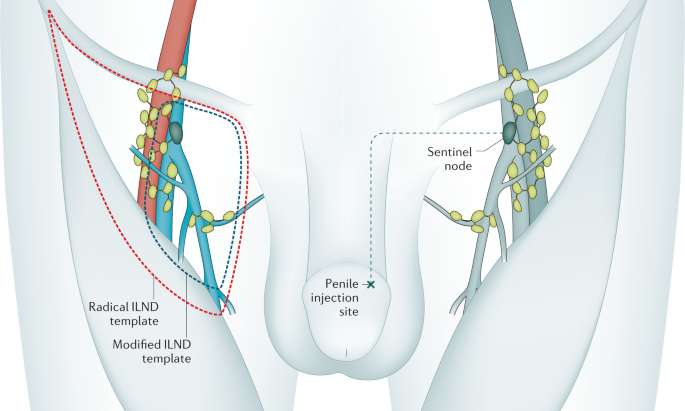Insights into Penile Cancer: Symptoms, Risks, and Treatments

Introduction
Penile cancer, although relatively rare, is a significant health concern that impacts men’s lives worldwide. Understanding the symptoms, risk factors, and available treatment options is crucial for early detection and effective management. The importance of raising awareness around this condition cannot be overstated, as it encourages individuals to seek medical advice promptly and fosters discussions about men’s health.
What is Penile Cancer?
Penile cancer is a malignant growth on the penis, most commonly manifesting on the glans or foreskin. The disease primarily affects men over the age of 50, but it can occur at any age. The exact causes of penile cancer remain uncertain, but several risk factors have been identified.
Risk Factors
Several factors can elevate the risk of developing penile cancer, including:
- Human Papillomavirus (HPV): Infection with high-risk strains of HPV is significantly associated with the development of penile cancer.
- Smoking: Tobacco use is linked to various cancers, including penile cancer, due to the harmful chemicals that may affect the skin and immune response.
- Poor Hygiene: Accumulation of smegma, a substance produced by the glands that can cause irritation and inflammation, is associated with increased risk.
- Phimosis: This condition, characterized by a narrowing of the foreskin, can lead to inflammation and potentially promote cancerous changes over time.
Symptoms
Awareness of the symptoms associated with penile cancer is critical for early diagnosis. Common symptoms include:
- Persistent growth or sore on the penis
- Change in colour or texture of the skin
- Unusual discharge
- Pain or discomfort in the genital area
Men experiencing any of these symptoms should consult a healthcare professional immediately.
Treatment Options
When diagnosed early, treatment for penile cancer can be highly successful. Options typically include:
- Surgery: The most common treatment, which may involve removing the tumor, part of the penis, or in severe cases, the entire organ.
- Radiation therapy: This involves using high-energy rays to kill cancerous cells.
- Chemotherapy: May be employed in advanced cases to eliminate cancer cells throughout the body.
Conclusion
Penile cancer remains a challenging yet manageable condition when detected early. Understanding the risk factors and being aware of the symptoms can save lives. As awareness increases, it is hoped that more men will seek timely medical advice and contribute to diminishing the stigma surrounding men’s health issues. Education remains pivotal in fostering a approach toward prevention, diagnosis, and treatment.









